Contact
Jsme tu pro vás osobně od pondělí do pátku od 8:00 do 17:00 hodin. Pomocí tohoto odkazu najdete kontaktní osobu pro Váš region.
Centrála Wolfurt
+43 5574 6706-0
Nákupní košík {{ (warenkorbCtrl.warenkorb.bestellNummer ? (' [' + warenkorbCtrl.warenkorb.bestellNummer + '] ') : '' )}} | {{warenkorbCtrl.warenkorb.items.length}} Artikl Změnit nákupní košík
Poznámka
| Obrázek | Artikl | ks | Jednotková cena | Celková cena | Celková cena vč. slevy | |
|---|---|---|---|---|---|---|
|
|
{{warenkorbItem.produktgruppe.produktname}}{{warenkorbItem.bezeichnung | artikelBezFilter:warenkorbItem.attributwertEingaben:[{attrPrefix: 'L_', searchPattern: '/...', replacePrefix: '/', replaceSuffix: ''}] }} {{warenkorbItem.bezeichnung | artikelBezFilter:warenkorbItem.attributwertEingaben}}
{{attributwertEingabe.attributBezeichnung}}
|
|
||||
{{hannexItem.Benennung}}{{hannexItem.Bezeichnung}} |
|
-
Zákazníci
- Stavba forem
- Stavba lisovacích nástrojů
- Strojírenství a konstrukce přípravků
- Konstrukteri
- Vstřikovny
- Produkty
- Společnost
- Kariéra
- Servis
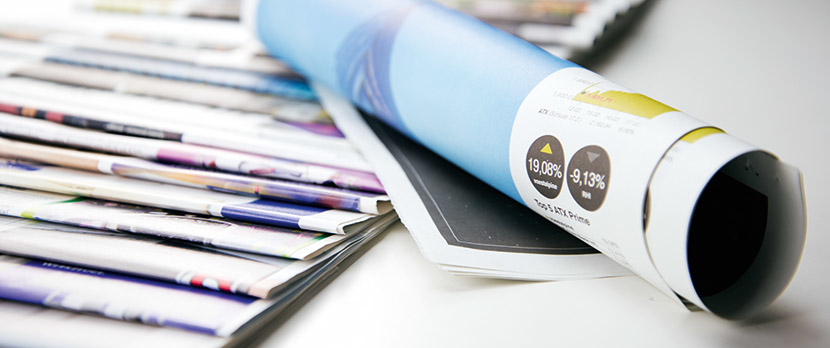
Máte zájem o naši společnost a naše výrobky? Pak jste tu správně.
The right material for every requirement in die making
12.03.2024, Die making
To meet the different requirements for cutting steels used in die making, Meusburger has a large selection of eroding blocks that cover a wide range of materials, including classic steel for through hardening, high-speed steel, powder metallurgical steel and carbide. The eroding blocks are mainly used for the production of cutting punches and die plates and are available from stock in heat-treated and hardened versions. Their thicknesses are perfectly matched to the plates of Meusburger's standardised die sets and to the standardised lengths of the punches.
General requirements for cutting steels
The hardness or wear resistance as well as the toughness are two of the most important criteria when selecting the appropriate cutting steel. Since these characteristics usually counteract each other, compromises often need to be made. This is usually done through working hardness or by a specific surface treatment. The selection of the cutting steel as well as its working hardness depend mainly on the thickness and strength of the material to be cut. The greater the thickness and strength of the strip material, the higher the loads on the active parts of the die. In the following, you will find an overview of the different types of cutting steel from the Meusburger range.
Steels for through hardening
The material grade 1.2379 is considered the 'classic' steel in die making. This material is often also used as a whole cutting plate, as it has good dimensional stability after hardening. Therefore, Meusburger also offers precision bars made of this material. Generally, it is used for strip material with medium strength (up to approx. 400 N/mm²). The working hardness is approx. 60-62 HRC. Coming with good machinability and very good dimensional stability after hardening, the material grade 1.2363 is especially recommended for clamp plates or inserts with high toughness requirements. The working hardness is approx. 58-60 HRC.
High-speed steel
The high-speed steel 1.3343 (HSS) is used as a standard material for dies and cutting elements. Compared to the material 1.2379 it has a higher wear resistance and hardness. It is used for strip material with medium strength (up to approx. 500 N/mm²) and especially for thick sheets. The working hardness is approx. 63-65 HRC.
Powder metallurgical steels
Due to their homogeneous microstructure, powder metallurgical steels have a very high toughness. The material grade 1.3344 PM (PM23) is used for die plates and cutting punches with high loads. It is used in particular for strip material with strengths greater than approx. 600 N/mm². The working hardness is approx. 63-65 HRC.
The powder metallurgical steel M V10 PM with 10% vanadium is used for die plates and punches with maximum loads. Due to its very homogeneous structure, it has excellent edge stability, even for components with complex geometries. The M V10 PM steel is ideally suited for strip materials with very high strength (from approx. 800 N/mm²) and for materials that cause high abrasive wear (e.g. stainless steel). The working hardness is approx. 61-63 HRC.
The latest powder metallurgical steel at Meusburger is the material grade M W10 PM with about 10% tungsten. It is used for die plates and punches with maximum loads. In addition to very good edge stability, the material grade M W10 PM offers high compressive strength. Used for strip material with strengths greater than approx. 800 N/mm² and thicker sheets, it is also ideally suited for materials that are susceptible to adhesive wear (e.g. aluminium, aluminium copper alloys, brass). The working hardness is approx. 66-68 HRC.
Carbides
The corrosion-resistant universal carbide CF-H40S+ has excellent balance and offers the ideal compromise between hardness and fracture toughness with high edge stability. Maximum wear resistance guarantees maximum service life of the die plates and punches. The metal is used for strip materials with maximum strength. Meusburger also offers CF-H25S+ as an alternative for materials with higher abrasive wear and materials prone to welding.
Eroding blocks with integrated starting hole and/or thread
For wire EDM, a starting hole in the eroding blocks is advantageous, since otherwise the EDM contour cannot be optimally determined. Moreover, introducing the wire from the side leads to high wear. At Meusburger, the blocks for eroding can therefore be configured and ordered with up to 50 customisable starting holes. The configuration is very easy in the web shop. As of now, threads can also be made in the hardened blocks for eroding from Meusburger, to make screwing-in the contour punches even more efficient.

Press contact
Should you require further information on this press release or have any questions or comments, please feel free to contact us by email.

Julia Jakob
Komunikace / PR+43 5574 6706-1496
Firma
Meusburger Georg GmbH & Co KG
Kesselstr. 42
6960 Wolfurt | Austria
+43 5574 6706
office@meusburger.com
@ 2024 Meusburger
 © 2024 by Meusburger Georg GmbH & Co KG | All rights reserved
© 2024 by Meusburger Georg GmbH & Co KG | All rights reserved



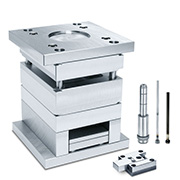
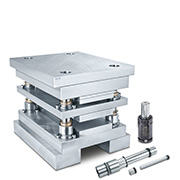
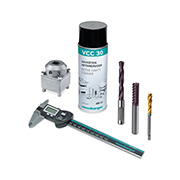
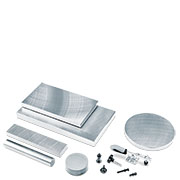

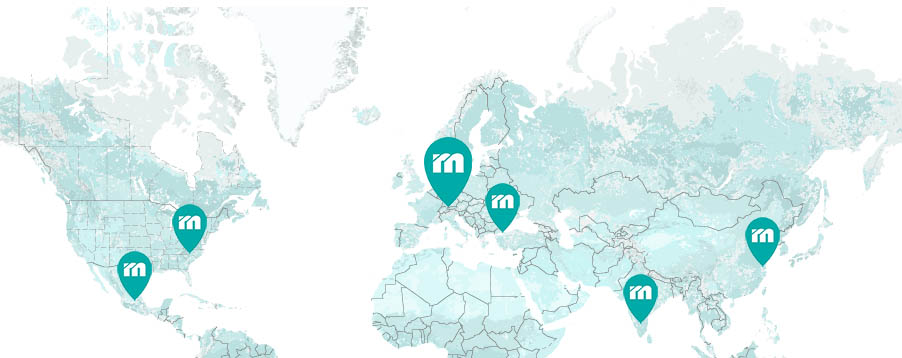
 Česká republika [CS]
Česká republika [CS]
 Danmark [DA]
Danmark [DA]
 Deutschland [DE]
Deutschland [DE]
 España [ES]
España [ES]
 France [FR]
France [FR]
 India [EN]
India [EN]
 Italia [IT]
Italia [IT]
 Magyarország [HU]
Magyarország [HU]
 México [ES]
México [ES]
 Nederland [NL]
Nederland [NL]
 Österreich [DE]
Österreich [DE]
 Polska [PL]
Polska [PL]
 Portugal [PT]
Portugal [PT]
 România [RO]
România [RO]
 Schweiz [DE]
Schweiz [DE]
 Slovenija [SL]
Slovenija [SL]
 Srbija [SR]
Srbija [SR]
 Suomi [FI]
Suomi [FI]
 Sverige [SV]
Sverige [SV]
 Türkiye [TR]
Türkiye [TR]
 United Kingdom [EN]
United Kingdom [EN]
 USA [EN]
USA [EN]
 Ελλάδα [EL]
Ελλάδα [EL]
 България [BG]
България [BG]
 Росси́я [RU]
Росси́я [RU]
 华 [ZH]
华 [ZH]